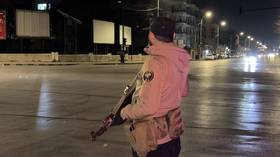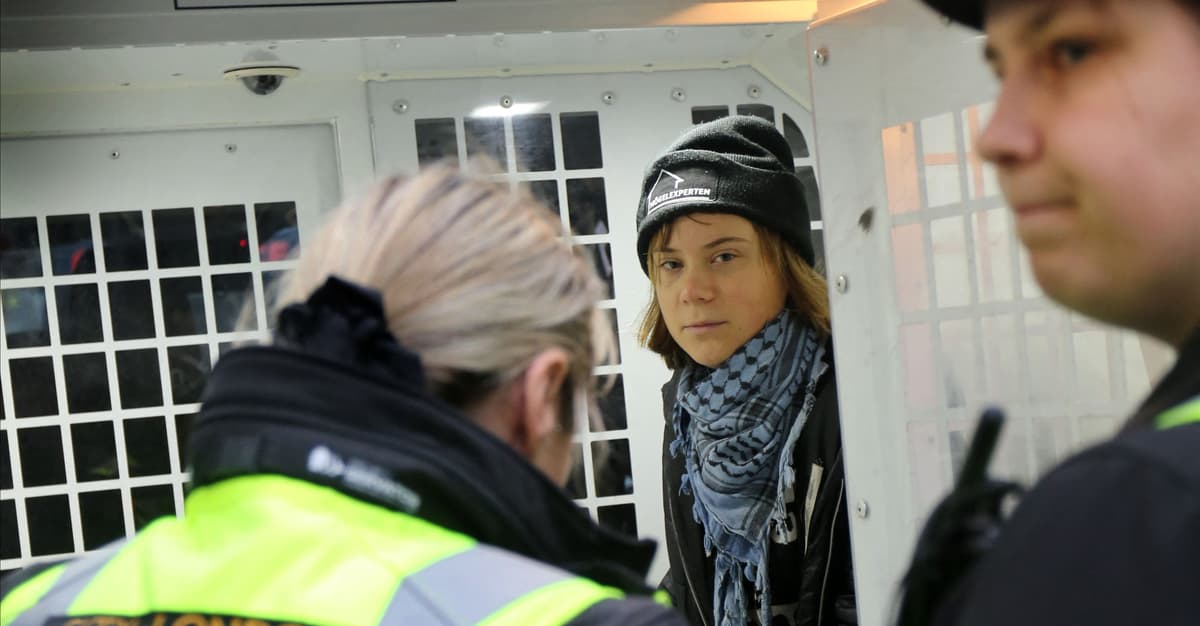
FORT WORTH- American Airlines (AA) has received approval from the Federal Aviation Administration (FAA) to staff its newly configured Boeing 787-9P Dreamliners with just seven flight attendants.
This decision, impacting operations out of major hubs like Dallas/Fort Worth International Airport (DFW), has ignited strong opposition from cabin crew representatives.
The Association of Professional Flight Attendants (APFA) warns that the reduced crew configuration undermines critical evacuation safety standards. FAA Administrator Bryan Bedford is being urged to reconsider a decision flight attendants say puts passengers and crew at heightened risk.
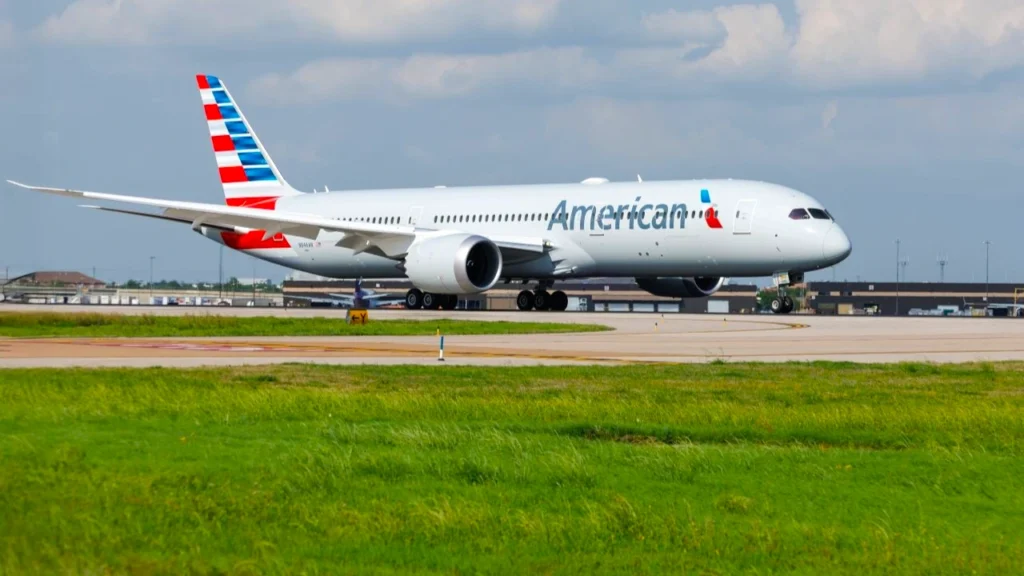 Photo: American Airlines
Photo: American AirlinesFAA Approved American 787 Reduced Crew
On June 26, 2025, the FAA approved American Airlines’ request to reduce the minimum required cabin crew on its Boeing 787-9P from eight to seven.
The aircraft has eight emergency exits, meaning one exit is left unattended by trained personnel during a potential evacuation.
Flight attendants, represented by the APFA, say this compromises the industry’s long-standing safety standard of one crew member per door.
According to the APFA, a single flight attendant in the high-density Economy section at the rear of the aircraft may be responsible for two exits. This scenario raises concerns about evacuation delays, especially if that attendant is injured, blocked, or otherwise incapacitated during an emergency.
In its July 23, 2025, letter to Administrator Bedford, APFA outlined three primary concerns:
- An incapacitated sole attendant at the rear could leave two exits unopened.
- Obstructions or crowding may prevent timely access to both doors.
- A lone attendant would face major challenges handling a serious security threat in the aft cabin.
Despite these risks, American Airlines now has the operational flexibility to fly the 787-9P with only seven crew members, especially in cases of last-minute sick calls, avoiding costly delays or cancellations, PYOK flagged.
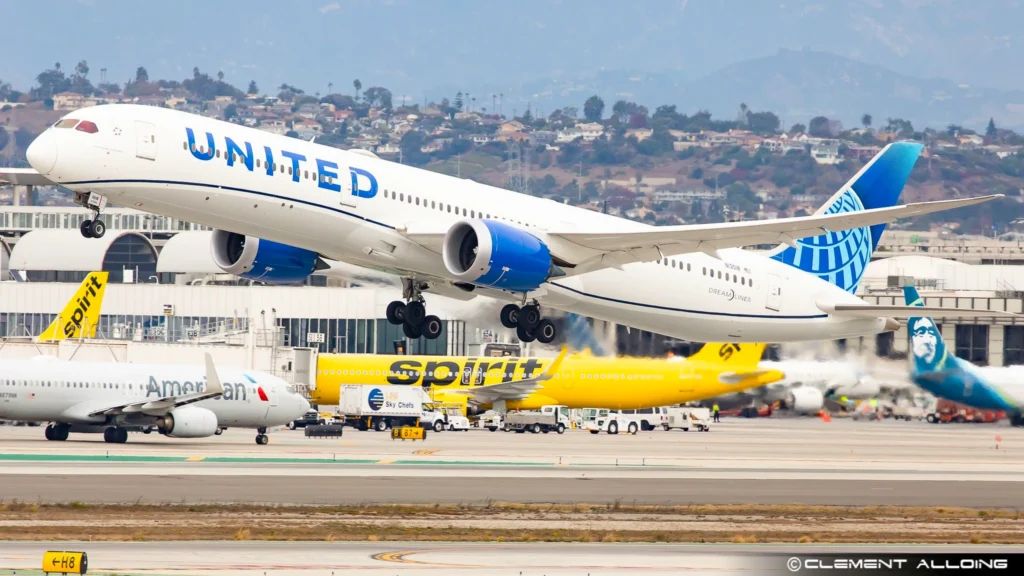 Photo: Clément Alloing
Photo: Clément AlloingComparisons with Other Airlines
American Airlines is not alone. United Airlines (UA) operates its 787 fleet, including the larger 787-10, with a minimum of seven crew. Delta Air Lines (DL) has approval to fly its Airbus A330 widebodies with as few as six. These precedents influenced the FAA’s decision to approve AA’s configuration.
Globally, regulators like the European Union Aviation Safety Agency (EASA) use different crew-to-passenger ratios.
For example, in Europe, a Boeing 787 may be certified to fly with only six cabin crew members, depending on the number of passenger seats and operational needs. Some carriers have even temporarily removed seats to reduce required staffing.
However, these minimums are often legal thresholds, not operational norms. Most international carriers still assign extra crew to enhance service and safety, especially on long-haul routes.
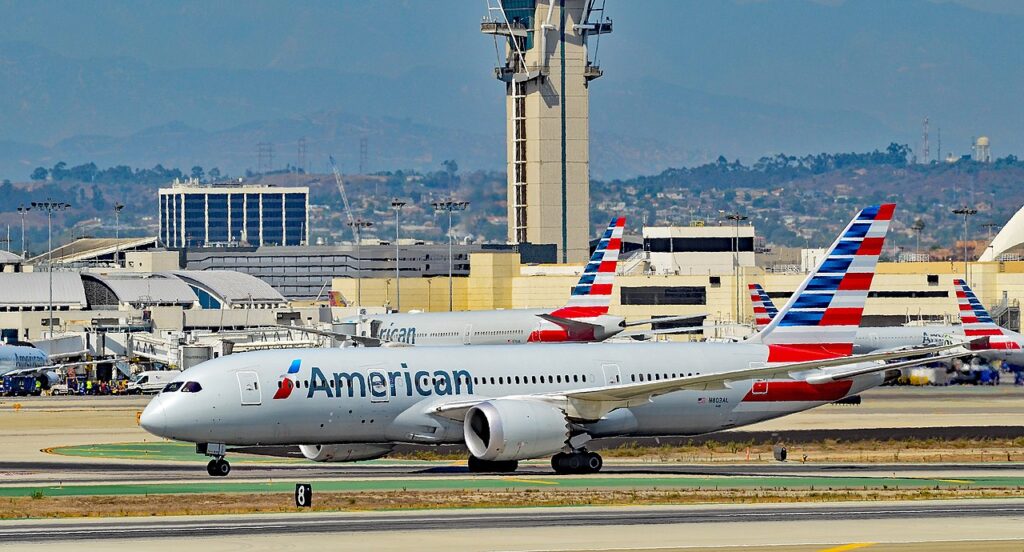 Photo: By Tomás Del Coro from Las Vegas, Nevada, USA – N803AL American Airlines Boeing 787-8 Dreamliner s/n 40621, CC BY-SA 2.0, https://commons.wikimedia.org/w/index.php?curid=63558701
Photo: By Tomás Del Coro from Las Vegas, Nevada, USA – N803AL American Airlines Boeing 787-8 Dreamliner s/n 40621, CC BY-SA 2.0, https://commons.wikimedia.org/w/index.php?curid=63558701History of Door Staffing Standards on Widebodies
Since the 1970s, U.S. airlines have generally staffed widebody aircraft so that each emergency exit had a dedicated flight attendant.
The COVID-19 pandemic, with reduced passenger loads, led carriers to seek lower staffing minimums. While service levels haven’t returned to pre-pandemic norms, the APFA argues that safety standards should.
The letter to the FAA notes that nearly 150 emergency evacuations occurred globally in the past five years. In those situations, trained crew members were essential to achieving the required 90-second evacuation timeline.
DARED Principles
The Boeing 787, like other modern widebodies, is equipped with advanced materials and structural safety features, including 16G-rated seats and flame-retardant interiors. But these technological gains do not replace human decision-making during emergencies.
Boeing’s own research led to the DARED principles, which identify five critical behaviors that flight attendants must execute to ensure efficient evacuations:
- Dedicated Assist Space: Positioning to manage flow and slide deployment.
- Assertiveness: Issuing clear, forceful commands.
- Redirect: Sending passengers to safer or functional exits.
- Exit Bypass: Avoiding bottlenecks by directing traffic effectively.
- Dried Up Exit: Using underutilized exits to optimize flow.
Without a flight attendant present, these essential tasks fall to untrained, panicked passengers, significantly degrading safety outcomes.
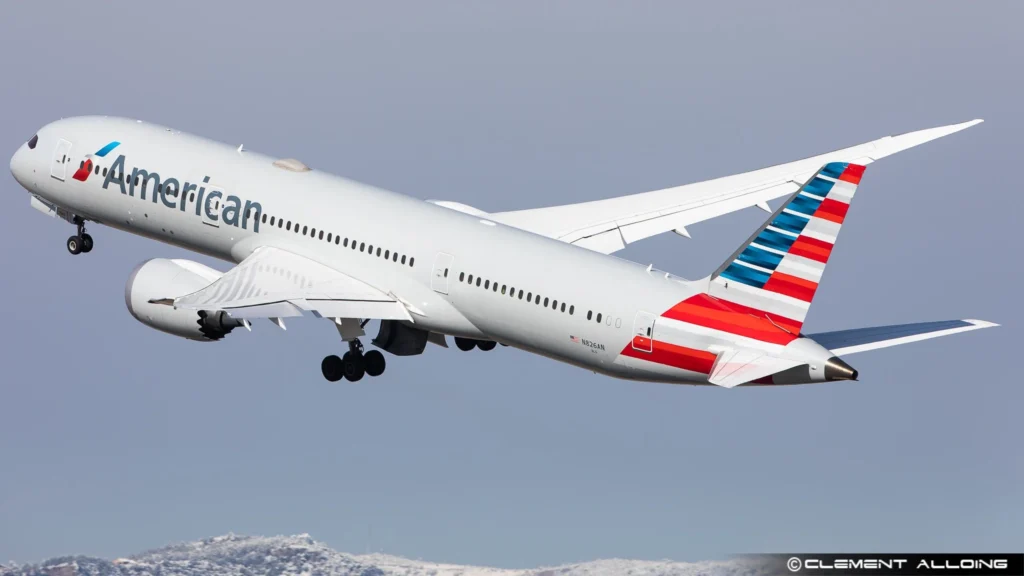 Photo: Clément Alloing
Photo: Clément AlloingFAA Oversight and Accountability
The 2024 FAA Reauthorization Act includes Section 365, which mandates a study of modern evacuation standards. However, the APFA claims the current 787-9P crew reduction was approved without full-scale evacuation testing reflective of real-world conditions.
Concerns about unrealistic testing environments—often excluding elderly passengers, those with mobility limitations, or actual emergency variables—have led many safety experts and lawmakers to question the validity of current certification practices.
Industry Pushback and Legislative Interest
The APFA has asked the FAA to reinstate the prior standard: one flight attendant per emergency exit on all dual-aisle aircraft.
With bipartisan interest in improving aviation safety and scrutiny on agency decisions under Administrator Bedford’s tenure, this issue could gain traction on Capitol Hill.
Union President Julie Hedrick stressed, “Safety must be proactive, not reactive.” The union’s position is clear: crew cuts that leave emergency exits unattended are a step backward in passenger safety.
Stay tuned with us. Further, follow us on social media for the latest updates.
Join us on Telegram Group for the Latest Aviation Updates. Subsequently, follow us on Google News
FAA Approves Reduced Crew on American Airlines’ Boeing 787-9
The post American Airlines New 787-9 Lesser Crew Ops Faces Union Backlash appeared first on Aviation A2Z.







